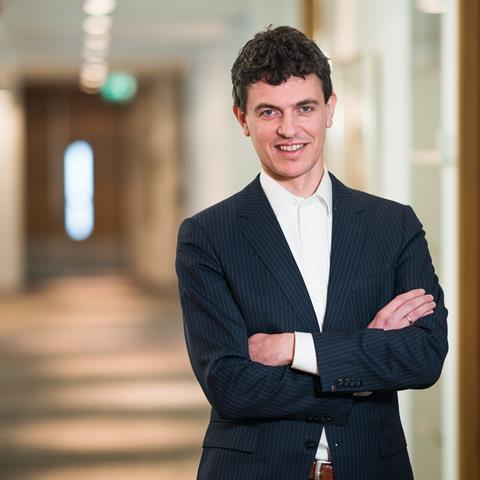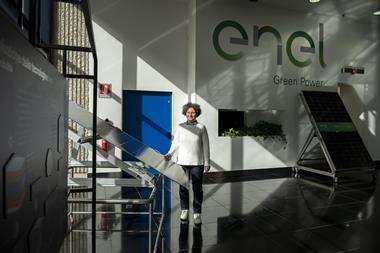Insurance firms are struggling to entice pension funds into agreeing on buyout transactions. Pooled pension funds or remaining an independent scheme prove to be more attractive options.
As Dutch pension funds are about to switch from the current defined benefit (DB) system to defined contribution (DC) arrangements, insurance firms active in the country were sure: the momentum for buyout transactions was growing stronger as many pension funds were considering to close and consolidate in the wake of the pension transition.
Buyout providers in the Netherlands all spoke of multi-billion euro pipelines and strong interest from pension funds. Fast forward a few years, and the results have been disappointing.

For Daan Kleinloog, a pension consultant at Sprenkels, insurer Lifetri throwing in the towel, therefore, did not come as a surprise.
“We see that the share of buyouts lags behind the expectations insurers had. One quitting is therefore not surprising to us,” said Kleinloog.
Lifetri managed to agree a buyout with only one pension fund in the past four years. The three other providers – NN, Zwitserleven and ASR – are seeing less interest than expected. Only one buyout took place in the past year, with NN guaranteeing the accrued pension of company pension scheme Metro.
Even though a handful of smaller company pension schemes, including Yara, Calpam and Pensura, are looking to agree a buyout with one of the three remaining providers in the market, insurance firms clearly had higher expectations.
They believed high interest rates and funding ratios had made buyouts a sufficiently attractive option for funds that did not want to continue independently, as these two factors meant pension funds could afford a decent annual indexation when agreeing a buyout.
Rising rates
“However, rising interest rates have also made it harder for investors to raise money to finance buyouts. That makes it harder to compete on price,” noted Kleinloog. “Maybe insurers were doing a bit of wishful thinking.”
Joining a pooled pension fund (APF) or going into the transition independently appear to be more attractive in most cases.
“We see many funds deciding to go into the transition on their own or as part of an APF. This allows funds to continue investing in risk assets. Once you’ve done a buyout, you need to have sufficient assets or accept that you won’t keep up with purchasing power over the long term,” he added.
On top of that, pension funds that opt for a buyout cannot use their buffer to compensate members that are disadvantaged by the move to the new DC system.
“Social partners need that money. If they did not, buyouts would have come into view earlier,” said Remon Scheenstra of Montae & Partners, another pension consultancy.
Premature

“The benefits of making the transition to DC as funds and social partners view it are considered so great that they prefer it to a buyout,” Wichert Hoekert, a pension consultant at WTW, agreed.
Yet it is not all doom and gloom in the buyout market, he added, referring to a recent survey by De Nederlandsche Bank (DNB). This showed that 44 pension funds are not planning to move to the new DC system.
“For these funds, a buyout may be attractive. I certainly expect a number of transactions in the coming period. The next 12 months will be very important for the buyout market. That will really be the last chance for insurers,” Hoekert said.
This makes the timing of Lifetri’s decision to leave the buyout market somewhat premature, according to Scheenstra.
“The decision certainly did surprise me in that sense, precisely because they entered the market with a focus on buyouts. There are still quite a few closed funds that have yet to decide on their future,” he added.
Hoekert concluded by pointing out that there is another option for insurers to insure pensions that has so far received little attention: the partial buyout.
“Pension funds moving to the flexible arrangement are obliged to offer members the choice of a fixed benefit on retirement date. This looks like a buyout if shaped collectively,” he explained.
It is still difficult to say how big the potential for this market is, however. “That really depends on a fund’s coverage ratio at the DC transition date,” he said.
The latest digital edition of IPE’s magazine is now available




































No comments yet